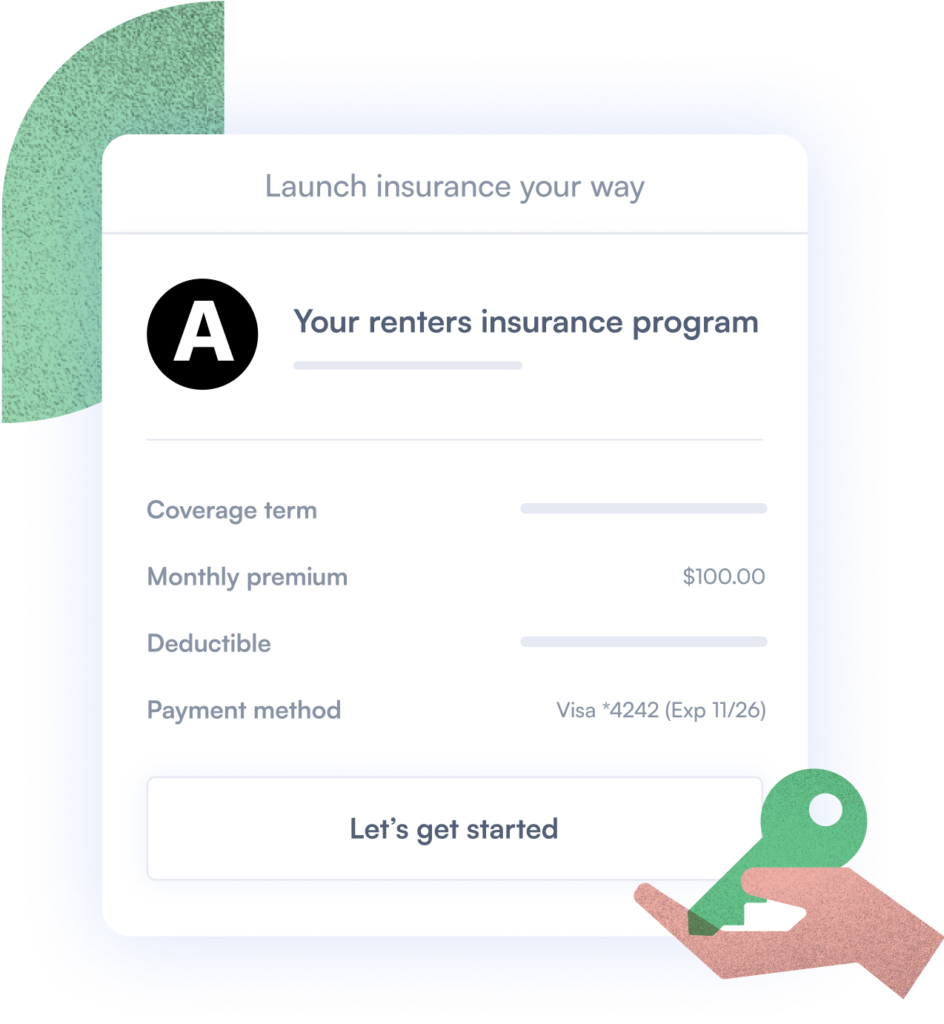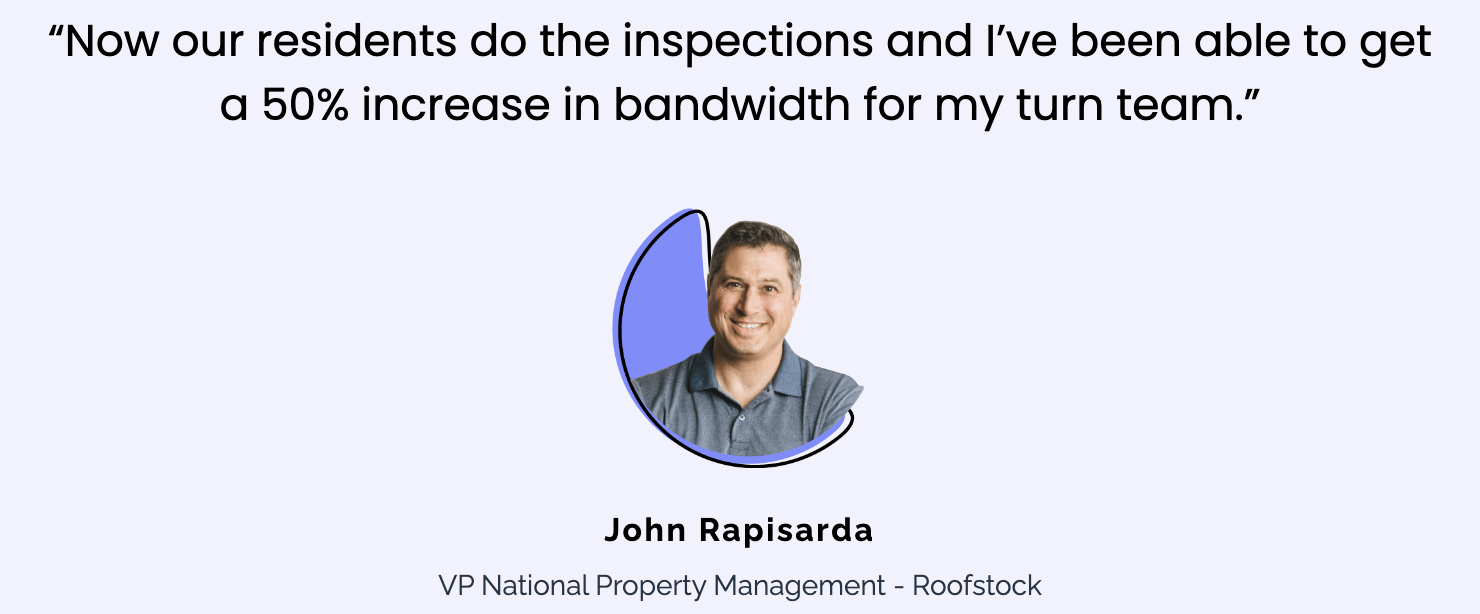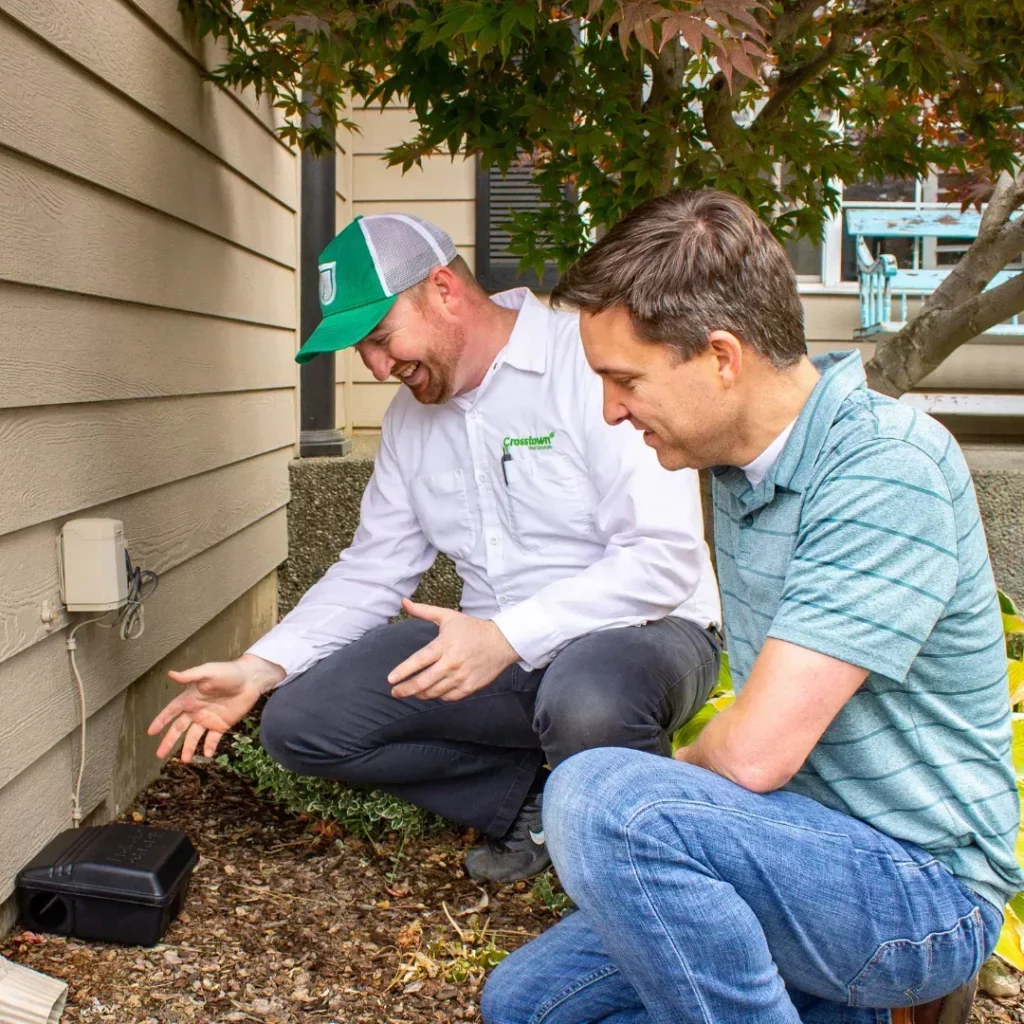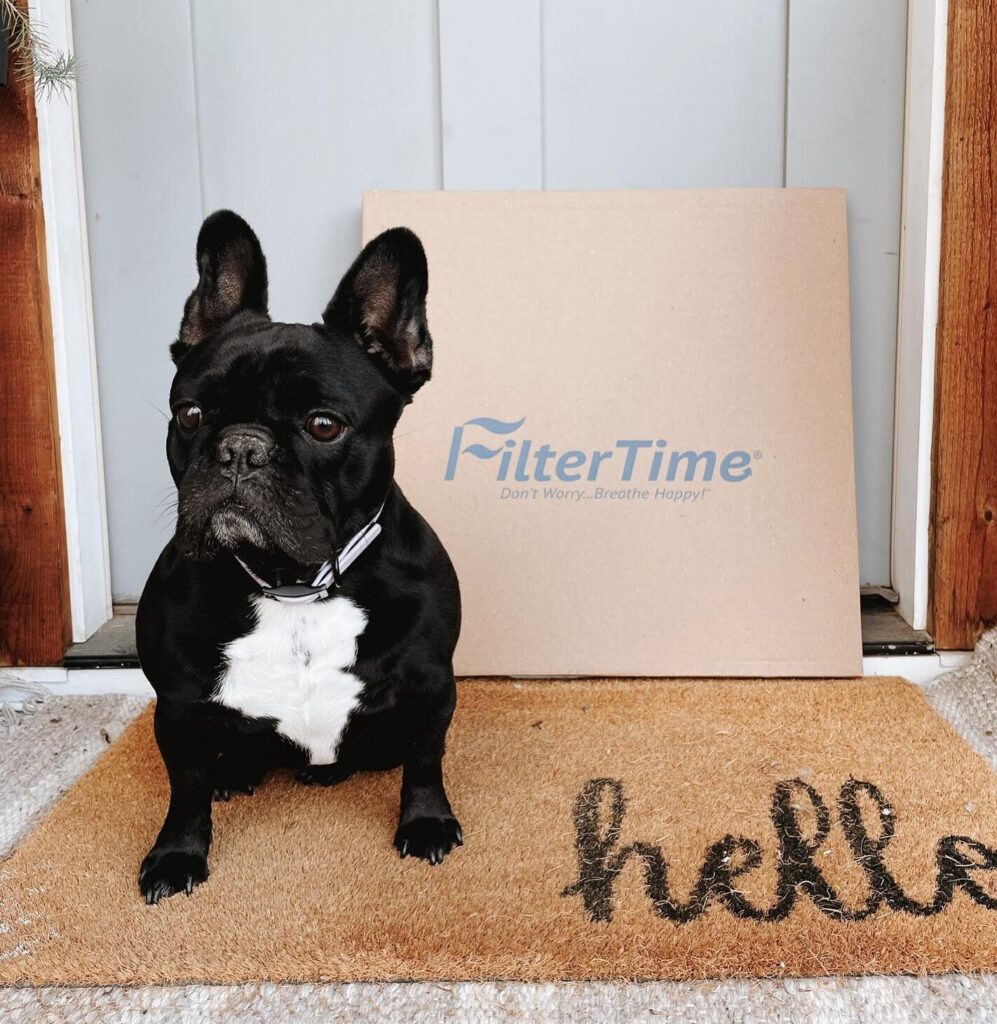When you are running property management Companies, staying at the top of financials can be time-consuming even with all the accounting software in the world. You may be a master in real estate management, but information investigation is a different story. Brokers and owners need to keep tabs on the total health of their PM business to ensure it is growing organically across the right metrics.
I put together a fast guide that will assist your check-up on the total health of your company. We are going to go beyond just taking a look at the common ratios and dig into the metrics which help you remain in control and prevent fundamental business issues. Here are four strategies to figure out how your property management company is actually doing:
Cash Flow and Operating Margin
Your business health check begins with a single question: Where is your money flowing? Cash flow enables you to understand how well your organization generates money to run the company and repay debt obligations. A more informative metric is to understand your operating margin and how it is changing month to month. Operating margin takes your gross revenue and subtracts out your operating costs to understand what is leftover.
Operating margin informs you on how productive your business is, where your holes and leaks are, and whether or not you’re building a scalable business. When you take a look over your cash statement along with your income statement and balance sheet, you will have a complete picture of your strengths and deficiencies.
Perhaps your cash flow is irregular throughout the entire year –how do you pay expenses during slower months? What reservations are you going to have to cover overhead? What can you do to improve margins during tough months?
Cost Centers
Keeping tabs on your expenditures makes it possible to catch and record all of the deductions you need to maintain and gets you searching for ways to save money throughout the entire year. One of the biggest mistakes you can make as a property manager is not auditing your maintenance reimbursements. These can be the easiest way to incur unnecessary expenses. Systems like Latchel help to control these reimbursements and expenses so that you never lose a dime on maintenance.
Professional tip: monitor your expenses regularly and utilize technology to remain organized. Think about employing a software platform to keep track of your financing, particularly when you’re out meeting with prospective customers and racking up mileage and entertainment costs.
Have a look at your expenses and see whether you’re placing too much energy on non-revenue generating activities. Can it make decent business sense to outsource specific processes? Could it be time to invest in new technologies to make renter communications more effective? Weigh your choices and make the wise moves to cultivate your company.
The deep dive to your KPIs begins.
Your 10 Property Management KPIs
There are lots of key performance metrics that real estate managers must have in their toolkit, from renter turnover to rent-ready expenses. If your revenue is down, then find the root cause by digging in to your own data. Your KPIs. Perhaps it’s because you have lost contracts when owners choose to sell–what does this tell you about the way property business trends are impacting your organization?
Additionally you should consider any modifications your business underwent throughout the last year to assess their efficacy. Did you hire any new employees centered on a particular bit of your business enterprise? Did you get started with a new tenant screening service? Did you make any alterations to your move-in procedure which could negatively or positively affect resident satisfaction? Each these variables have the capacity to affect your bottom line. Above all, you have to discover the stories within the information –otherwise there will not be actionable insights.
Your KPIs
Doors Won vs. Doors Lost
A successful property manager will constantly be tracking their business development efforts. It is a two-sided coin: On one side, a PM needs to monitor how many possessions she acquires within a year so as to ensure a constant stream of earnings. If, after pitching to a possible client, your business development efforts are ineffective, don’t be afraid to follow up and ask for comments to boost your conversion metrics later.
On the other side of this coin is the amount of properties lost. Customer turnover is inevitable. The average property manager sees 10-20% turnover in any given year, but that is a staggering number. You fight a losing battle. How do you do better than average? Systems and processes like Latchel’s maintenance services help to retain goodwill among owners and tenants as they facilitate communication.
On a related note, you need to track your customer acquisition costs (CAC). You can do this by calculating your complete sales and advertising budget for the year, then dividing that number by the total amount of new units acquired during that moment. Calculate the customer acquisition costs per unit to learn how you stack up year over year. This will provide you insight into just how effective your organization’s growth techniques are, and if there’s room for improvement to be able to drive down those costs without even missing out on new opportunities.
Occupancy Rates
Every property manager should be aware of the occupancy rate of the portfolio at any particular time. In a strong rental market, particularly in urban areas, occupancy rates must be approximately 95% at any particular time. This could be lower in rural or suburban areas in which rentals tend to be in lesser need.
That said, monitoring your occupancy rates is just as valuable as your ability to compare your numbers with the market average. As an example, you may believe that an 80% occupancy rate is good until you realize that nearby competitors are 90% more occupied.
If you are beating the market average, this is a superb selling point when pitching to new prospects. Every homeowner wants to know you could keep their units occupied. Now, if you are significantly greater than the industry average, this begs another question: Are you charging enough for rent? Make sure you assess occupancy rates in the context of other land management KPIs.
Typical Arrears
A great deal of arrears (outstanding debt that is owed to you) affects your organization’s cash flow. This is particularly true when you’re paid a percentage of revenue collected instead of a flat monthly fee. Moreover, businesses can learn a great deal about the operation of individual property managers by monitoring arrears: Who’s successful in collecting rent? Who seems to be having trouble? Look into any situation where payments are always 7 days late.
Tenant Turnover
Unless you are handling rent-controlled possessions, it’s common for tenants to turn over every couple of years. The average is 12 to 24 months in urban markets and 24 to 48 months in rural or suburban areas. Smaller units tend to turn more often, as residents have a tendency to grow out of these distances; then, larger units tend to grow less frequently. However, more than 50% of turnovers are due to poor maintenance handling. If you have high tenant turnover, it is an indicator that you need help creating better maintenance processes and systems.
If your turnover rates are higher than average, this could be an indication that the house is being mismanaged. Why are repairs and upkeep overdue? Are you missing standard rental amenities? Are you currently charging too much for a lease? Are you currently unresponsive to residents’ concerns? As residents leave, don’t be afraid to ask why they’ve decided to move elsewhere.
Rent-Ready Costs
When a device in the home breaks, do you know how much it will cost to receive the device in a rent-ready state? This is an important property management KPI that many companies overlook. Most will use materials and supplies that they have on hand (open cans of paint, previously used locks, etc.), plus they do not bother calculating the costs connected with a fantastic scrub-down if the work is done in-house. Keep track of your rent-ready costs, such as labour, to ascertain whether there are any chances to boost efficiency and lower expenses without negatively affecting other land management KPIs.
Average Days-to-Lease
Each day that passes without a resident occupying a unit is cash that you are forgoing as a property manager. The exact same is true for land owners; thus keeping an eye on the length of time it takes to lease a unit is crucial.
Now, to be sure, anyone can lease a unit in just a couple of days–all you want to do is lower the prices enough. Obviously, that is not an optimal approach. The ordinary days-to-lease should be compared to the industry average (usually less than 2 weeks in a popular market); and it should then be assessed against other KPIs, such as market rents, to determine how well your property management firm is performing. If it seems to be taking a while for a unit to lease, take a hard look at where and the way the unit is being promoted. Consider alternative listing channels or increase your marketing budget to lease units quicker.
Alternative Income
Property managers often track the net revenue generated from rentals. But it’s important to assess other streams of income as well: earnings from coin-operated washers and dryers, leasing of parking areas, rental of on-site community spaces, fees billed for storage lockers, etc.–but property managers should consistently evaluate other ways to grow their cash flow too.
Repair and Maintenance Costs
If a toilet is leaking, do you rely only on the opinion of your long-time plumber? This is often true for property managers, especially those who operate independently, or for contractor shops that need to subcontract some of their repairs and maintenance. While it’s important to find property care service providers, how often do you think about if not when a replacement or repair is actually needed? How frequently do you shop around for vendors to compare pricing? Do you conduct market research to understand how much a particular project should price, like the normal price to renovate a bathroom?
Repairs and replacements are usually the largest line item for property management companies. Most property managers will have the ability to find cost savings to enhance the company’s earnings if they seem serious enough at their R&M costs.
Fee Management
Property management charges generally cost anywhere from 8 to 12 percent of yearly revenue, depending on the degree of service provided. How do you stack up against your competition? How frequently are you looking into what others are charging, and for what services?
Based upon the market average, you might find that you’re ignoring your services also significantly. Some property managers dismiss their fees to acquire clients in the start, and then they never raise their prices. Even in the event that you start out by charging prices that are toward the lower end of this current market, do not be scared to increase costs if you embrace new tools or technologies to enhance an owner total ROI. Conversely, you might be placing yourself at risk of losing customers if you’re charging too much, or if the degree of service which you provide has diminished.
Margin
Revenue growth is a good way to ascertain how the company is performing year over year. Margin is a way to determine if your growth is healthy. It paints a compelling picture of if the company is doing nicely, or whether there are areas for improvement. For instance, if earnings has declined, you may make use of these KPIs to find out why that might be the case. Maybe rents haven’t kept pace with inflation; or maybe you confronted a one-time fee, such as migrating to a new property management software to keep an eye on your KPIs. In any case, earnings growth should be at the peak of a PM’s listing of metrics to quantify.
Is it time to automate your KPI tracking?
Set SMART Goals for Next Year
A number of decades ago, somebody gave us this valuable advice: You can’t monitor what you can’t measure. Data collection might appear burdensome, but it is highly crucial to the success of your enterprise. Collect data; benchmark your performance from the business’s previous years along with your opponents; and then make adjustments as required to enhance the total value of your organization.
When the data analysis is finished (you are nearly done!), it is time to establish goals for your future. Knowledge is power, and the performance metrics of your organization health check would be your very best defense against financial troubles. SMART targets (goals which are specific, measurable, attainable, results-focused, and time-bound) are a fantastic way to establish informed aims to cultivate your business in the year ahead.
Compose your SMART goals by identifying specific, quantifiable accomplishments you’d love to see occur in the not too distant future. Document your own goals and discuss them with your staff so that everyone is motivated and working together to move the business in the ideal direction. If you are feeling motivated, take fifteen minutes to compose a business vision. When everybody has a clear image of what success looks like to your company, it is that much more likely to come true.
















